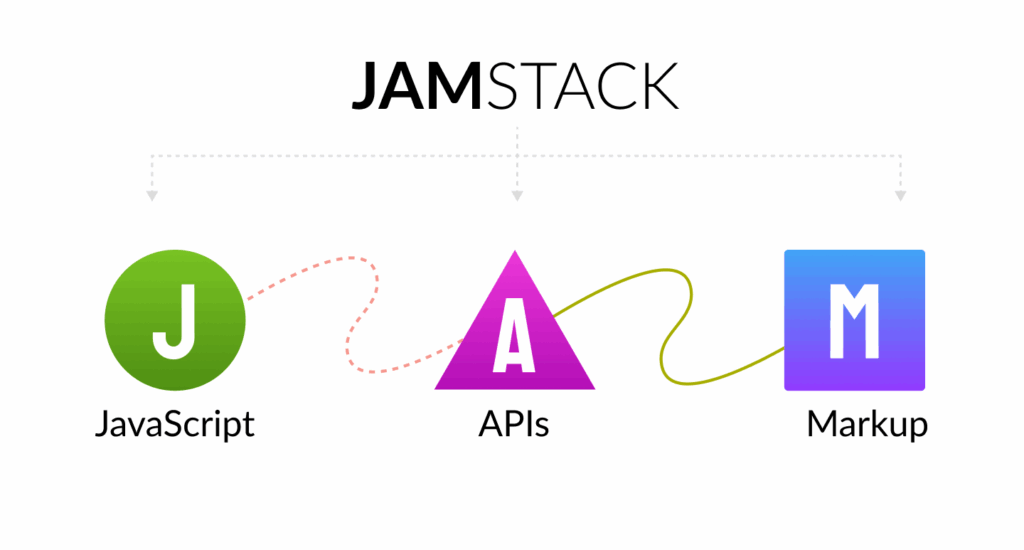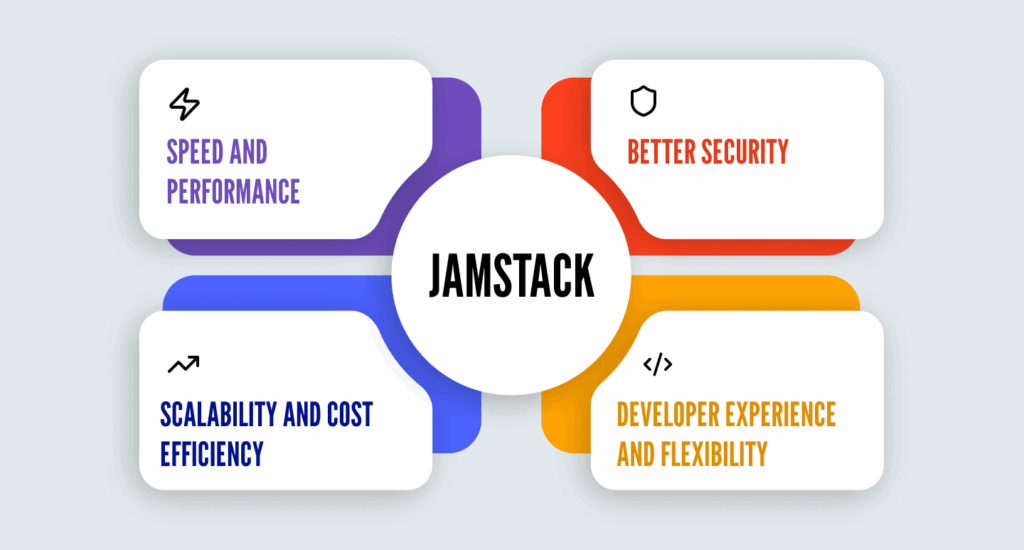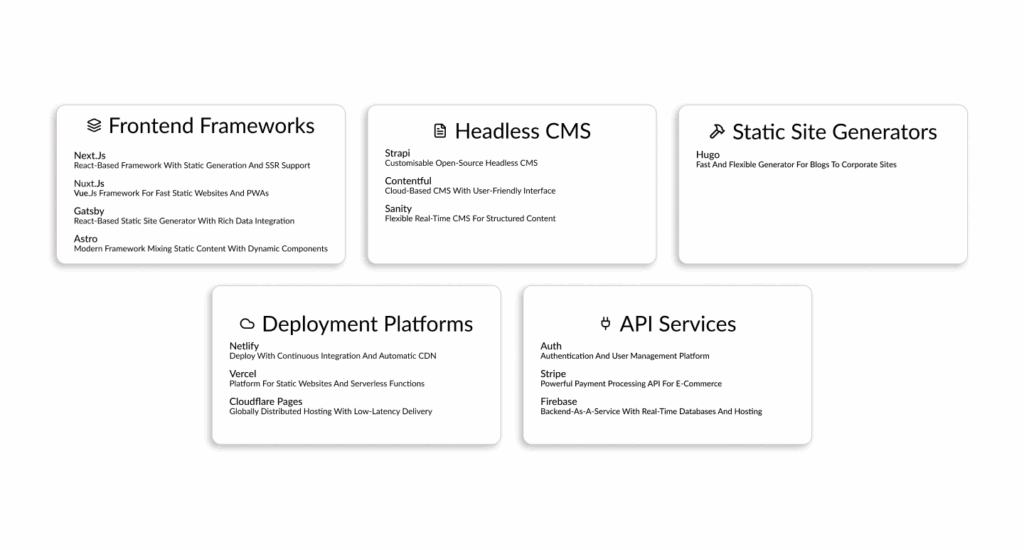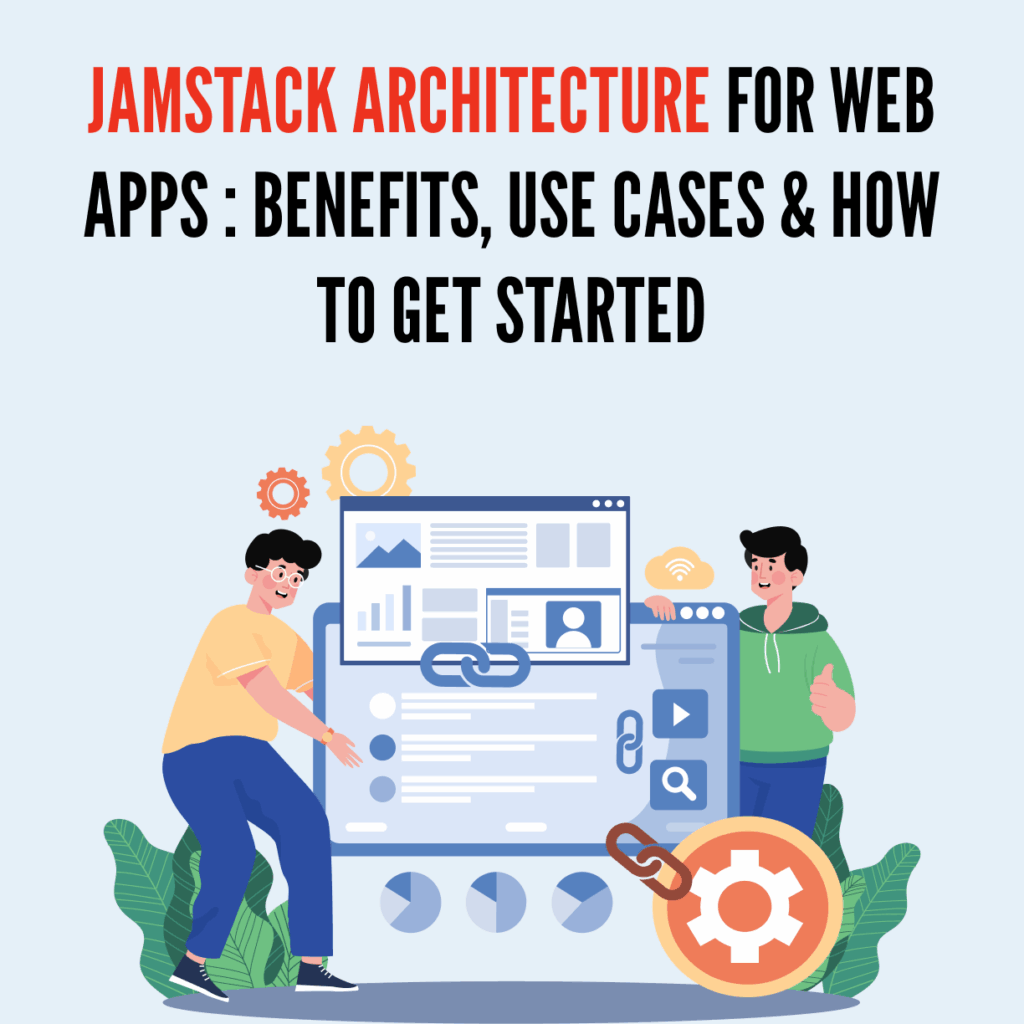|
Getting your Trinity Audio player ready...
|
A web designer must take into account the relationship between the actions taken by the user and the system’s output. Usability can be heavily determined by how well the web interface can manage user cooperation. Programmers, coders, and others who are responsible for translating user needs into a set of rules or codes and then customising the software for their users also play an important role in determining how effectively an interface will work.
The App’s Corporate Personas
A good design exercise involves defining a corporate persona as a preliminary step. Based on information about the business, this approach will define the archetypal user who might visit the business website. This person will have certain traits, preferences, and target skill sets. Websites must be focused around such end users. The following section describes an abstract variation on common personas – the global layers of the end-user tapestry.
There are some well-known customer personas that just about everyone uses, but naming the largest variants used worldwide could not be any further, shifty, and metaphorical whatsoever. Companies create their customised personas in combination and match them against one or more of them.
This makes all the elements speak in the same language. The easy-to-swallow capsule form ensures that the completed persona is present alongside the Salient Moments. We drew smaller-scale personas to large outlines, creating silices between them.
What Is JAMstack?

To really appreciate the depth of change that JAMstack for web apps brings to the web scene, a thorough analysis of its basic components along with a view of sites set up with either JAMstack or traditional architectures will lead to a sound understanding.
JAM = JavaScript, APIs, and Markup
JavaScript: The infrastructure from the heart of JAMstack is JavaScript, which runs at the client side to interact with users, manage changes in the UI, and fetch data from external sources. Using JavaScript, a developer can create rich and interactive applications independent of the server for each change.
APIs: In JAMstack, backend services, such as databases, authentication systems, and payment gateways, are exposed through APIs. Instead of having server-side code deal with these functionalities, JAMstack leaves dynamic interactions to third-party APIs so that developers can hook in best-in-class service providers without reinventing the wheel.
Markup: Markup refers to pre-rendered HTML, CSS, and JavaScript that is generated during build time. During a JAMstack build, static HTML files are generated beforehand and are served directly to users via the CDN. The entire approach helps reduce the page load time significantly because it eliminates the need for server-side rendering, which can be very complex.
How JAMstack Differentiates Itself from Traditional Server-Based Architectures
Traditional server-based web applications initiate a single request to the server for every user request. In return, the server generates and delivers some dynamic content to the user. The result means slow loading times, extra consumption of server resources, and performance bottlenecks during peak load times. Moreover, server-side rendering typically comes with the added burden of infrastructure regarding databases and complex backend project management.
In contrast, the JAMstack makes use of pre-rendered static files served over a CDN, thus reducing dependency on the server. The backend may still exist but is completely decoupled from the frontend and is accessed through APIs. This architecture greatly enhances performance and scalability, as it requires fewer server resources to deliver content and can thus be easily scaled by adding more CDN nodes.
Static vs. Dynamic Rendering with JAMstack
Despite its focus on static rendering, JAMstack permits other avenues for accommodating dynamic content using client-side JavaScript and API calls. JAMstack pre-builds and stores static content on a CDN, enabling rapid page opening each time. After the page has been opened, APIs can fetch live content such as personalised user data, comments, or product recommendations, making JamStack the ideal choice for sites that require dynamic functionality while prioritising speed and performance.
Core Benefits of JAMstack Architecture

The JAMstack architecture is a changed paradigm that comes with a host of benefits over traditional methods of web development.
Speed and Performance
Speed, though, is probably the most convincing advantage of JAMstack. Since JAMstack applications are fully dependent on pre-rendered static files and delivered by CDNs, very fast page loads are, under every condition, achieved regardless of where in the world one is located. Delivery occurs closest to the available server point, thereby minimising latency and consequently load time.
The web pages are pre-generated during build time rather than being generated dynamically on each user’s request, which means the user never has to wait for server-side rendering. Performance improvements result in better user experiences and higher SEO rankings because search engines prefer sites that load quickly.
Better Security
JAMstack for web apps has given a significant breakthrough in security, which is a core consideration for modern web applications. Since there is no direct linkage between the front-end and back-end access (which stands decoupled from each other and is accessible through an API), the surface area for attack decreases drastically. Lesser opportunities exist for the malicious user to attack any security holes on the server, like SQL injections or server-side code exploits.
In addition, CDN-hosted static content is safe from needing complex server-side processing or database connections. Proper authentication mechanisms protect the APIs; thus, sensitive data is only viewable for authorised users.
Scalability and Cost Efficiency
JAMstack scales much and is one of the most hassle-free architectures when it comes to handling increased traffic. Since all static files are served from CDNs, scaling becomes as easy as adding more CDN nodes. This simplicity is why it works very well for unpredictable or fluctuating traffic applications. There is no need to provision additional servers in costly and time-consuming ways while scaling up.
Users also prefer JAMstack due to its cost-effectiveness. Since there is no need for server resources or backend management, businesses save on hosting and infrastructure costs. Additionally, because applications that use JAMstack are pre-rendered and cacheable, they require less server-side processing and display increased operational cost savings.
Developer Experience and Flexibility
JAMstack allows developers to shape their focus entirely on the front end while keeping worrying about complex backend logic out of consideration. The decoupling of the front end from the back end makes it possible for developers to use any front-end framework or static site generator of their choice. This approach will bring increased flexibility and exploration because the developers are not using just a particular stack or framework.
Furthermore, headless CMS systems such as Strapi, Contentful, and Sanity allow content creators to freely manage content without interfering with the site’s static nature. Content Managers can therefore update text, images, and other media without needing a server-side integration, while developers focus on creating unique experiences.
Need a custom solution? [Talk to our team].
JAMstack vs Traditional Web App Architecture
To better understand the advantages of JAMstack, it helps to compare it with traditional server-side architectures. Let’s break down the differences in terms of key features:
| Feature | JAMstack | Traditional Architecture |
| Performance | Ultra-fast, served from CDN, pre-rendered | Slower, relies on server-side rendering |
| Hosting | Can be hosted on static site hosting (e.g., Netlify, Vercel) | Requires server-based hosting |
| Deployment | Simple, continuous deployment via Git | Often complex, requiring server management |
| Cost | Low, static files are inexpensive to serve | Higher due to server and infrastructure management |
| Complexity | Simpler due to decoupling of backend and frontend | Can be complex with integrated backend systems |
Scenarios Where JAMstack is the Better Option
While traditional web architectures work well for complex, dynamic websites with frequent data interactions (such as social networks), JAMstack is a better option in the following scenarios:
- Content-heavy websites such as blogs, portfolios, and marketing pages.
- E-commerce websites depend on external services for processing payments, authenticating users, and managing inventory.
- SaaS applications that feature distinct user-facing dashboards and backend systems must still ensure fast load times.
- Digital marketing campaigns require landing pages that load quickly and scale effortlessly.
Popular Use Cases for JAMstack
JAMstack is flexible and, therefore, suitable for a broad range of applications. Such use cases include:
E-commerce Storefronts
JAMstack-powered e-commerce websites are preferable, as every action does not require server rendering like other sites. Integration of other APIs such as Snipcart or Shopify can allow developers to build a dynamic shopping cart for payment processing and other inventory management systems without resorting to conventional backend systems. This functionality enables e-commerce sites to provide excellent performance security and seamless shopping.
SaaS Landing Pages and Dashboards
JAMstack enables the construction of landing pages and dashboards for SaaS platforms, ensuring an impeccable user experience. Static site generation ensures ultra-fast load times for marketing pages, while APIs are dedicated to user-specific data for dashboard metrics, billing information, and analytics.
Websites or Platforms for Blogs, Content, and Marketing
In short, JAMstack for web apps complements individuals and businesses concentrating on content creation. A static site generator, such as Gatsby or Next.js, enables content producers to easily build SEO-optimised websites while managing content with headless CMSs, such as Strapi and Contentful. Speed and ease of use make it attractive to content-driven platforms.
Web Applications using Headless CMS
One of the big advantages of JAMstack is that it can work well with headless CMSs. It enables businesses to create web apps that are both flexible and scalable while providing powerful content management capabilities. Affording high performance, popular headless CMSs such as Strapi, Contentful, and Sanity can seamlessly integrate with JAMstack apps to manage dynamic content.
Recommended Tech Stack for JAMstack Apps

To get started with JAMstack development, choosing the right tools and technologies is key. Below are some recommended options for each layer of the stack:
Frontend Frameworks:
- Next.js – A React-based framework that supports static site generation and server-side rendering.
- Nuxt.js – A Vue.js-based framework designed for creating fast static websites and progressive web apps.
- Gatsby – A React-based static site generator that integrates well with various data sources.
- Astro – A modern framework that allows developers to mix static content with dynamic components.
Headless CMS Options:
- Strapi – A customisable open-source headless CMS.
- Contentful – A cloud-based headless CMS that offers a user-friendly interface for content management.
- Sanity – A flexible, real-time headless CMS for structured content.
Static Site Generators:
- Hugo – A fast and flexible static site generator used for building everything from personal blogs to corporate websites.
Deployment Platforms:
- Netlify – A platform for deploying static sites with continuous integration and automatic CDN distribution.
- Vercel – A platform for building and deploying static websites and serverless functions.
- Cloudflare Pages – A platform that provides globally distributed static website hosting with low-latency delivery.
API Services:
- Auth0 – A platform for implementing authentication and user management.
- Stripe – A powerful payment processing API for e-commerce websites.
- Firebase – A backend-as-a-service platform offering real-time databases, hosting, and serverless functions.
Challenges or Limitations of JAMstack
Despite numerous advantages, there exist challenges regarding JAMstack. Some constraints or limitations include:
Manipulation of dynamic Features:
Since anything that relies on static rendering would be a tad bit complicated in integrating dynamic features, such challenges can often be foreseen by resorting to client-side custom recommendations, which can be a little tricky in terms of SEO. However, with suitable configurations, it is possible to manage SEO even on a dynamic front.
Complex for Beginners in the Initial Setup:
For freshers in JAMstack, setting it up might get a tad bit complicated as the integration of various tools (API, headless CMSs, and static site generators) is required. However, once a developer becomes proficient, the implementation typically feels more seamless compared to traditional approaches.
How Esferasoft Helps You Build Fast, Scalable JAMstack Web Apps
At Esferasoft, we specialise in helping businesses build fast, scalable JAMstack web apps. With extensive experience in JAMstack frameworks, headless CMSs, and API integrations, we help you deliver high-performance applications that scale as your business grows.
Our services include:
- We provide custom development services to create a JAMstack solution that meets your specific needs.
- End-to-end integration of third-party services, such as payment processors, authentication systems, and cloud storage.
- Consultation and support are available to guide you through the transition to JAMstack and ensure that your app is optimised for performance and scalability.
Looking for a custom solution? [Talk to our team].
Conclusion
Building a business on JAMstack for web apps is synonymous with using future web application architecture with the utmost guarantee for speed, security, scalability, and flexibility. Businesses using static site generation, APIs, and modern frontend frameworks can create advanced web applications that keep pace with the rapidly evolving digital world.
From e-commerce sites to SaaS applications and content-orientated sites, Jamstack will provide the support necessary for any project along the way. Are you ready to get started with JAMstack? Contact our experts for a consultation or demo today at +91 772-3000-038.

